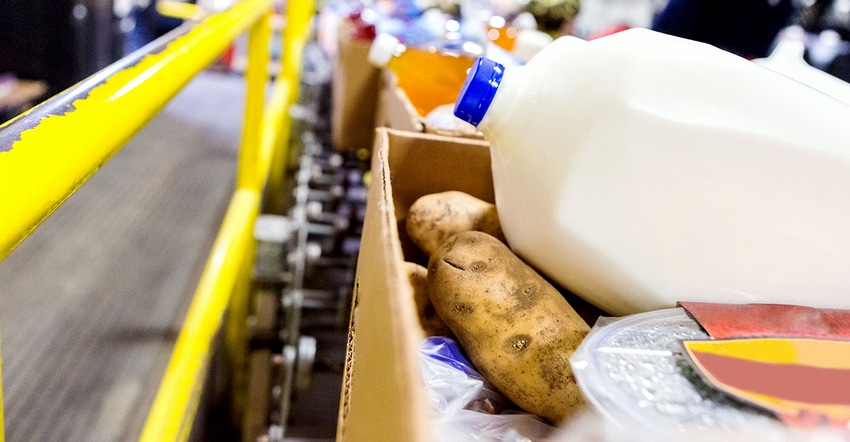
In response to economic difficulties due to COVID-19, the USDA announced the Coronavirus Food Assistance Program on April 17.
The $19 billion Coronavirus Food Assistance Program (CFAP) is geared to provide farmers and ranchers financial relief during the COVID-19 pandemic while also helping local food banks. The USDA Purchase and Distribution Program is partnered with CFAP to help link producers and distributors to nonprofit organizations such as food banks.
The overarching goal of the programs is to support farmers and feed people.
"This program (CFAP) is intended to provide funds to boost food programs and to support farmers who are experiencing extreme economic difficulties due to the economic slowdown," said David Swanson, a partner at the international law firm, Dorsey & Whitney, in the Food, Beverage, and Agribusiness Group that specializes in cooperative law.
"The USDA program includes cash payments to support dairy producers, row crop growers, and livestock producers," he said. "It also establishes a short-term commodities purchase program to enhance market demand for meat, dairy and produce.
"The cash payment program will be implemented by a 'direct to final' rule expected to be released in late May or early June. It is important for agriculture co-ops and trade associations to communicate with the USDA as these rules are developed to ensure the rules do not inadvertently include provisions that inhibit or block ag producers from obtaining the benefits of this program."
While this program is not limited to dairy producers, a good example is those in the dairy industry who are facing extremely difficult markets.
"The closure of restaurants and other foodservice systems, such as school lunch programs, has caused huge reductions in demand for milk and dairy products," Swanson said. "Some observers have reported that closed restaurants and foodservice has caused as much as a 30% drop in demand for milk and related dairy products, and up to a 50% drop in demand for butter. Dairy producers depend on a steady demand for milk. Milk production cannot be temporarily reduced, and milk cannot be stored for extended periods. Some producers have been dumping milk."
Of the $19 billion, $16 billion goes to direct payment of farmers and ranchers while $3 billion goes to the purchase of agriculture products, such as meat, dairy and produce. Purchased products will be distributed to food banks as well as faith-based organizations providing food to the needy.
Assistance to farmers and ranchers is determined by unprecedented losses due to prices and market supply chains having been affected by the COVID-19 pandemic.
For more information, visit https://bit.ly/food-assistance-program.
About the Author(s)
You May Also Like




